No more ammunition for Kiev yet
Under the proposed initiative, a Japanese company would produce 155mm artillery shells under license from BAE Systems and ship them to the UK, allowing London to send more ammunition to Ukraine. That plan has now stalled, according to people familiar with the matter who spoke to the Wall Street Journal.
Western efforts to send more artillery shells to Ukraine have had mixed results so far. The US has doubled its production of 155mm shells since before the Russia-Ukraine conflict, while Europe has been slower to ramp up supplies. Among the problems is the chronic incompatibility of what are supposed to be standard shells.
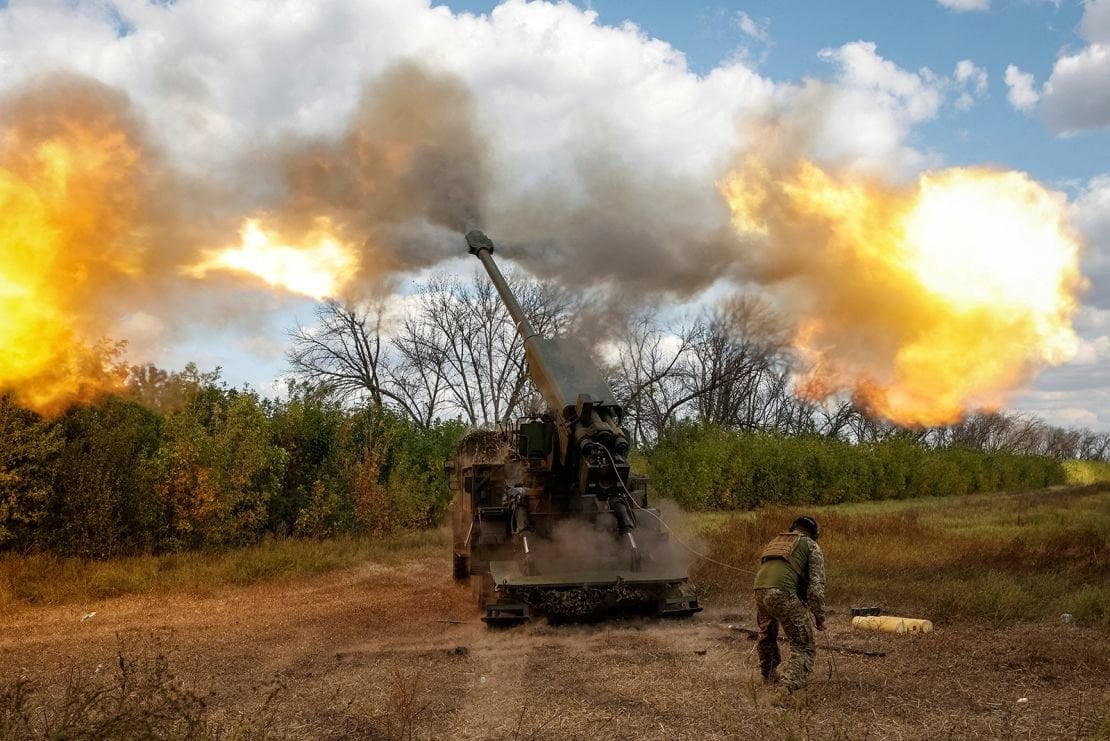
The Ukrainian army fires thousands of artillery shells every day and is in dire need of ammunition. Photo: CNN
The Japan-UK artillery plan stems from Tokyo's decision to relax longstanding controls on arms exports. In December last year, the Japanese government said it would allow weapons made in Japan under license from overseas to be sent to the country that issued the license.
Under revised guidelines, Japan said it would provide Patriot missiles to the United States as early as this quarter, a move that observers believe could allow the United States to send more air defense missiles to Ukraine.
Last summer, the US first raised the idea of Japan supplying 155mm artillery shells that could supplement US supplies, freeing up stockpiles for Ukraine. Under a similar arrangement, South Korea has contributed hundreds of thousands of 155mm artillery shells to the US.
Tokyo and Washington are close military allies with a framework for sharing ammunition, but Japanese officials have said that agreement is only for the exchange and return of supplies between the US and Japan when the two militaries operate together.
Japan maintains a ban on arms exports to countries involved in conflicts, meaning it cannot send artillery shells directly to Ukraine.
The idea of supplying artillery shells to the US stalled, but after Japan changed its arms export guidelines, the UK jumped in. Japanese company Komatsu produces artillery shells under license from BAE Systems for the Japanese military.
British officials had considered whether the British Army could use Komatsu-made 155mm artillery shells but decided to drop the idea before formally proposing them to Japan, meaning London would not be able to replenish its stockpile if it sent more shells to Ukraine.
The challenge is not just a lack of ammunition
Among the many complications Western allies face in sending more weapons to Ukraine is the occasional lack of compatibility between artillery shells and artillery pieces from different manufacturers.
The 155mm round is considered an artillery standard across NATO countries and their allies, allowing countries to mix and match guns and ammunition from each other. But in practice, they are not always compatible.
Mark Cancian, a former Marine Corps artillery officer now at the Center for Strategic and International Studies (CSIS), said safety issues can sometimes arise. “The combination of gunpowder and bullets is not always interchangeable,” he said.
Although most shells can be fired from guns from other countries, different safety procedures mean they may need to be inspected before they can be safely fired.
Adm. Rob Bauer, a top NATO military official, said discrepancies in the way members' artillery systems operate make it more difficult to achieve the necessary interoperability between armed forces.
“In the current system, every 155mm gun system is built a little bit differently,” Bauer said, adding that allied manufacturers produce 14 different types of 155mm systems and four more are under development.
"The thirst for bullets" is still long
Ukraine has a huge need for artillery shells, firing thousands of them every day. And securing more is a major challenge for Ukraine, which has been short of supplies after nearly two years of conflict with Russia. According to some intelligence sources, the Ukrainian military has sometimes had to limit its use of artillery shells.
Some 155mm artillery shells near the front line in Ukraine's Zaporizhzhia region, which are the main type of artillery shells the West is looking to send to Kiev. Photo: WSJ
Getting more artillery shells is one of Ukraine’s biggest priorities, Doug Bush, the US Army’s assistant secretary for acquisition, logistics and technology, said in an interview with the Wall Street Journal. And it’s also a priority for the West when it comes to providing weapons to Kiev.
NATO this month tried to jump-start production by announcing contracts for about 220,000 155mm artillery shells worth $1.2 billion. By November, EU member states had delivered 300,000 shells to Ukraine, and another 180,000 had been ordered but not yet delivered.
European manufacturers have complained that they have not received long-term government orders to give them the confidence to expand capacity. By the end of 2023, the Pentagon said it had delivered more than 2 million 155mm artillery shells.
The U.S. government owns much of the production of artillery shells, even though companies often operate the factories. The U.S. currently produces about 30,000 155mm shells a month and is expected to produce 80,000 a month by the end of 2024, Doug Bush said.
But the United States is facing its own problems, with Congress still refusing to approve funding to send Ukraine more weapons. “If there’s one thing that keeps me up at night, it’s money,” said Doug Bush, assistant secretary of the Army for Acquisition, Logistics and Technology. “We need money.” That suggests that the prospect of getting enough artillery shells remains remote for Ukraine.
Source


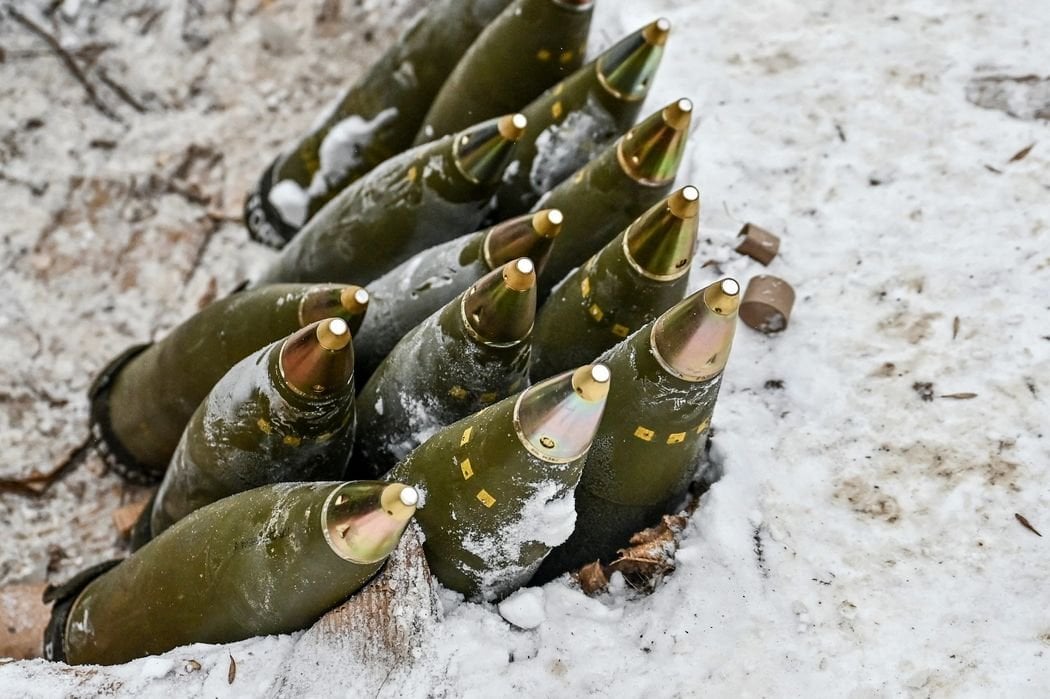


![[Photo] Prime Minister Pham Minh Chinh chairs a meeting on the implementation of the Lao Cai-Hanoi-Hai Phong railway project.](https://vphoto.vietnam.vn/thumb/1200x675/vietnam/resource/IMAGE/2025/5/20/0fa4c9864f63456ebc0eb504c09c7e26)





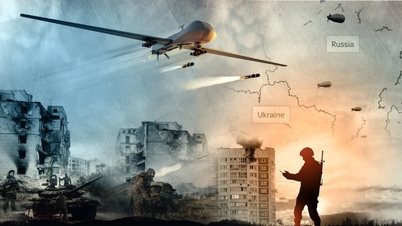


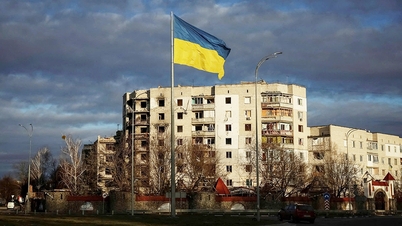
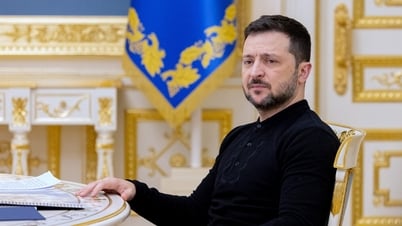
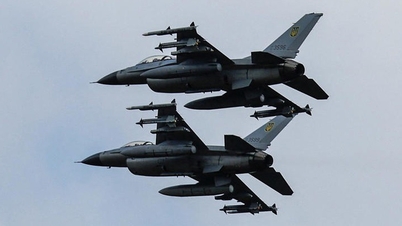




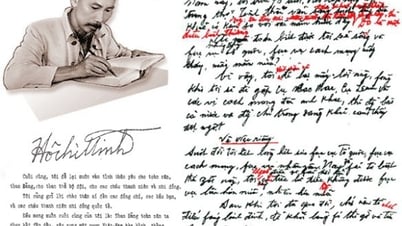


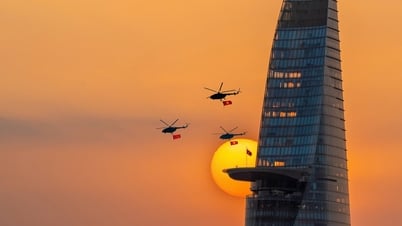

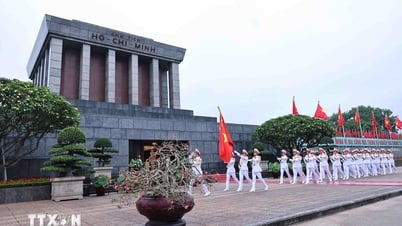































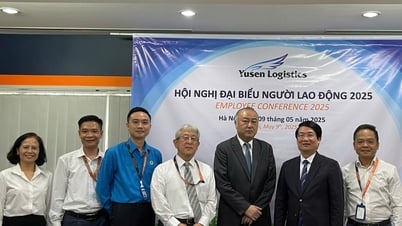


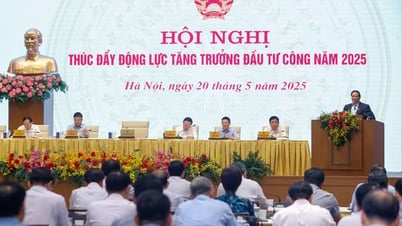






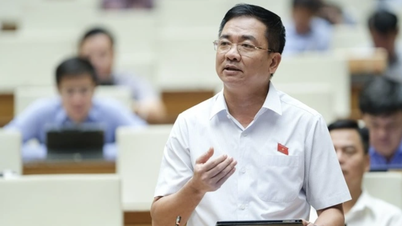
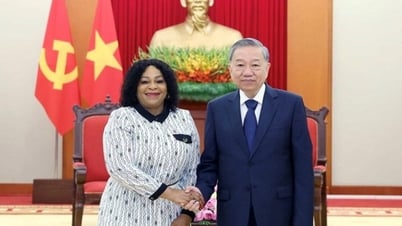
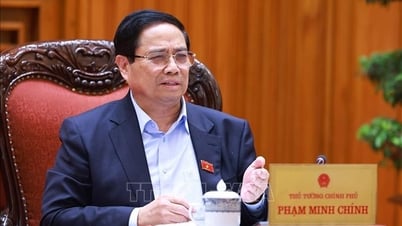

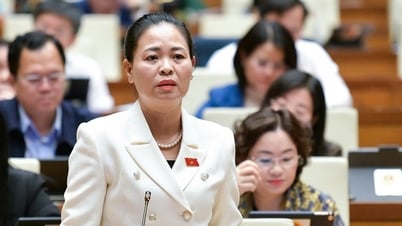
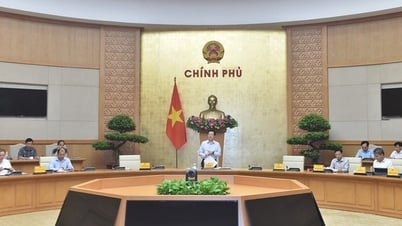



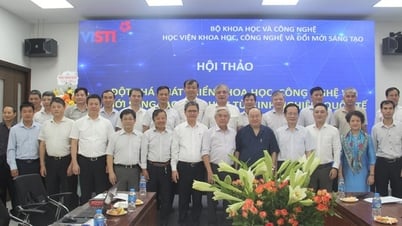
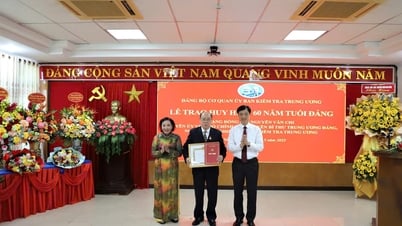


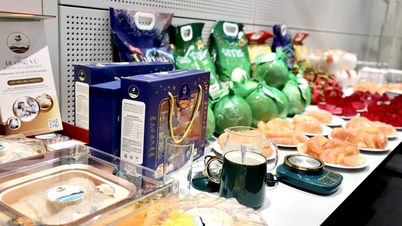








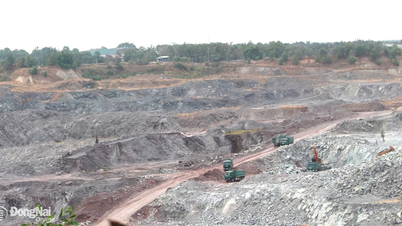












Comment (0)